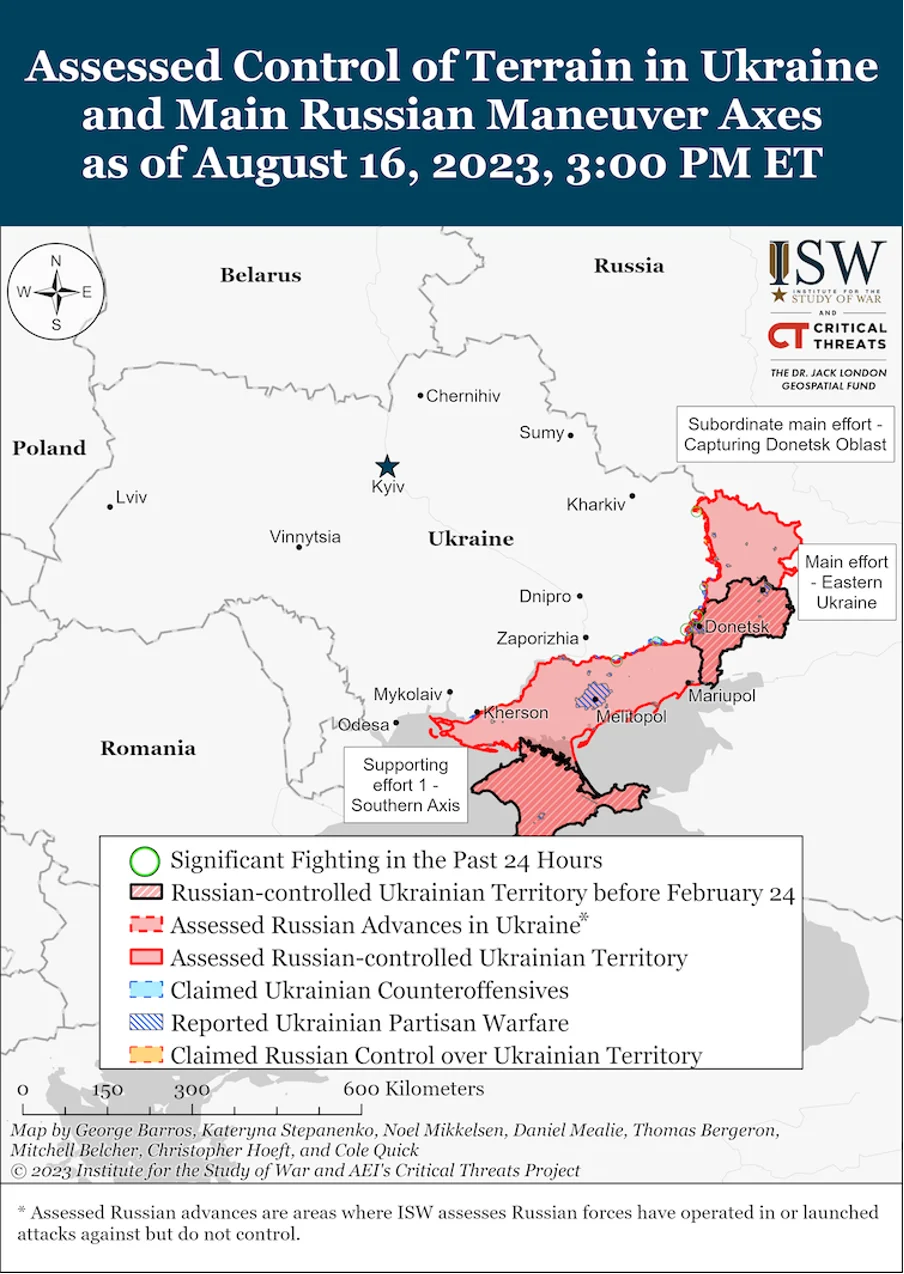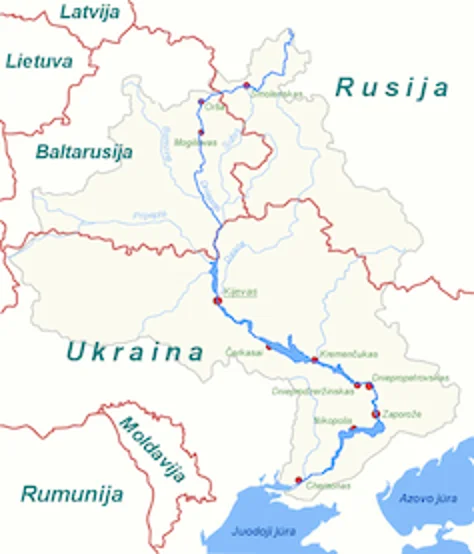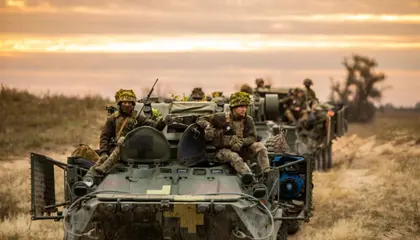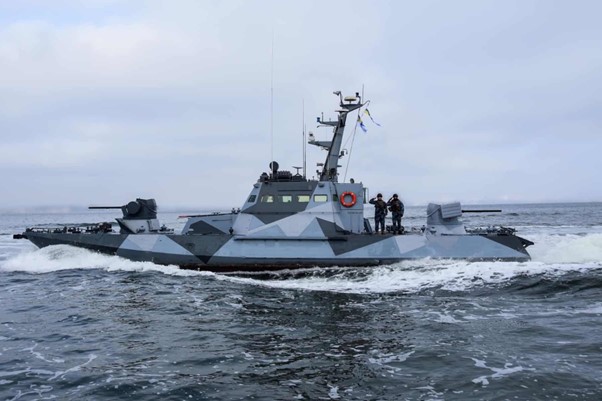There have been reports that Ukrainian units have crossed the Dnipro River and established bridgeheads on the eastern side – which could be an important moment in Ukraine’s summer counteroffensive push in the south. How many troops made the crossing and how secure their bridgehead really is, remains unclear.
Ukraine’s counteroffensive push has thus far failed to gain the same momentum as their counterattacks last autumn, despite previously high expectations. Kyiv is under considerable international pressure to show results – and soon – to maintain enthusiasm from the western allies on whom it is depending for much of its weaponry.
- See the newest war in ukraine update from the Kyiv Post's news bulletins published today.
- View the most recent Ukraine news pieces that came out today.
JOIN US ON TELEGRAM
Follow our coverage of the war on the @Kyivpost_official.
That the counteroffensive has been more of a grind than last year’s lightning-fast push in September and October is down to several factors. The destruction of the Kakhovka Dam in June delayed the progress of Ukrainian forces towards the Dnipro by several weeks because of floodwater and has also widened the river. Bridges across the Dnipro were also washed away, meaning an amphibious crossing has become the only option – and a much more difficult one.
Instead, Ukrainian progress can be characterised as slow but steady. There are daily reports that Ukrainian units operating in various sectors of the front lines are gradually recapturing villages occupied by Russian forces in the early days of the war. But the rapid push south to the Sea of Azov to effectively cut Russia’s army in half and isolate Crimea has not materialised. It is not unreasonable to expect that the war will last for years.

ISW Russian Offensive Campaign Assessment, January 25, 2025

Dnipro’s importance
Crossing the Dnipro River and establishing a secure bridgehead on the eastern bank would be a breakthrough. Throughout the history of conflicts in Ukraine going back millennia, the river has been a key strategic barrier. But it has huge importance for many areas of life in Ukraine: transport, energy – even food (the river was estimated before the war to supply 80% of the country’s fish).
But right now its strategic importance is at the fore. Running north to south through the whole of The Russian occupiers realised its strategic importance early on in the war, they understood they could divide and conquer Ukraine, and establish a natural defence against attacks by controlling the river.

Barrier and opportunity: the Dnipro River runs through the whole of Ukraine/ Knutux via Wikipedia, CC BY-ND
During the counteroffensive in autumn 2022 Ukraine recaptured a considerable amount of territory in the east and south, and drove Russia from the west bank of the lower Dnipro. But Russia still dominates the east bank. Which is why reports of Ukrainian crossings are so important.
But these reports must be greeted with caution. Ukraine has held positions on the east bank before, allowing it to conduct raids into the Russian-occupied parts of Kherson region with the hope of establishing a presence there. But each of these has been beaten back.
But there is hope on the Ukrainian side that the latest raid could succeed where the others have failed. In its regular updates on the situation in Ukraine, the UK’s ministry of defence noted on August 14 that: “Ukrainian forces have worked to raid or set up small bridgeheads at new locations on the Russian-held east bank.”
Latest Defence Intelligence update on the situation in Ukraine - 14 August 2023.
— Ministry of Defence 🇬🇧 (@DefenceHQ) August 14, 2023
Find out more about Defence Intelligence's use of language: https://t.co/twLeEY8nlU
🇺🇦 #StandWithUkraine 🇺🇦 pic.twitter.com/S1IWDHzYaq
This, in addition to the bridgehead it has held near the ruined Antonivsky bridge, close to the city of Kherson, since June, could allow it to push further south through Russian-held territory.
Next phase
There are several scenarios as to how the campaign might proceed. Russia is reported to be moving men and equipment south to reinforce and defend the east-bank Dnipro area and the key city of Kherson.
Heavy fighting also continues in the Bakhmut region, a year-long battle that has consumed many thousands of lives over the past 12 months. There are daily reports of offensive and counteroffensive operations on both sides in the region, which Russia sees as key to capturing and controlling the Donetsk region, which it claimed last September after “referendums”, condemned in the west as a sham.
Ukrainian forces are also reported to be involved in heavy fighting on at least three sectors of the front, and advancing in the Luhansk region, north-east of Donetsk and in the western Zaporizhia region, further south. All of which means that Russia’s planners are faced with a balancing act as to whether to maintain troops concentrations in these sectors of the frontline or move more units south to reinforce the east bank of the Dnipro.
A successful assault resulting in a substantial Ukrainian breakthrough on the east of the Dnipro in the Kherson region would give Ukrainian troops a much easier and clearer path to Crimea.
Meanwhile reports that Ukraine has recaptured the strategically important town of Urozhaine in the western Zaporizhia region has opened the possibility of a push south towards the Sea of Azov, which Kyiv has declared to be one of its key objectives in this counteroffensive. But as the New York Times cautioned recently, “the fact that progress in Kyiv’s long-anticipated counteroffensive is now measured by the recapture of small villages reinforces how difficult the fighting has become”.
Hard slog
As US military analyst Frederick Kagan wrote in Time magazine recently: “Much as we might hope that the road to the Sea of Azov will simply open for Ukrainian forces the odds are high that fighting will remain hard, casualties high, and frustration will be a constant companion. All of which is normal in war.”
So while there are daily reports of positive developments in Ukraine’s slow but steady counteroffensive, much will continue to depend on the steadfastness of support from Kyiv’s western allies. There are signs of war weariness in some countries that were formerly solid supporters of Ukraine, including – for example – Slovakia, where a pro-Kremlin candidate is leading in the polls ahead of next month’s election, campaigning on withdrawing support for Ukraine both militarily and in terms of maintaining sanctions.
Kyiv must pray that this does not become a pattern that would fracture Nato support for its war effort.
This analysis originally appeared in The Conversation – reprinted with author’s permission.
You can also highlight the text and press Ctrl + Enter










